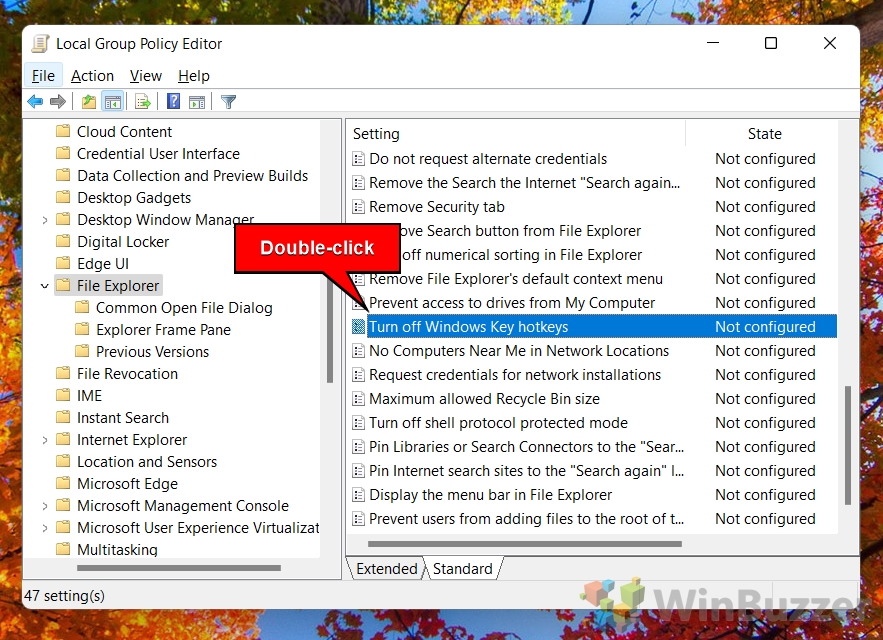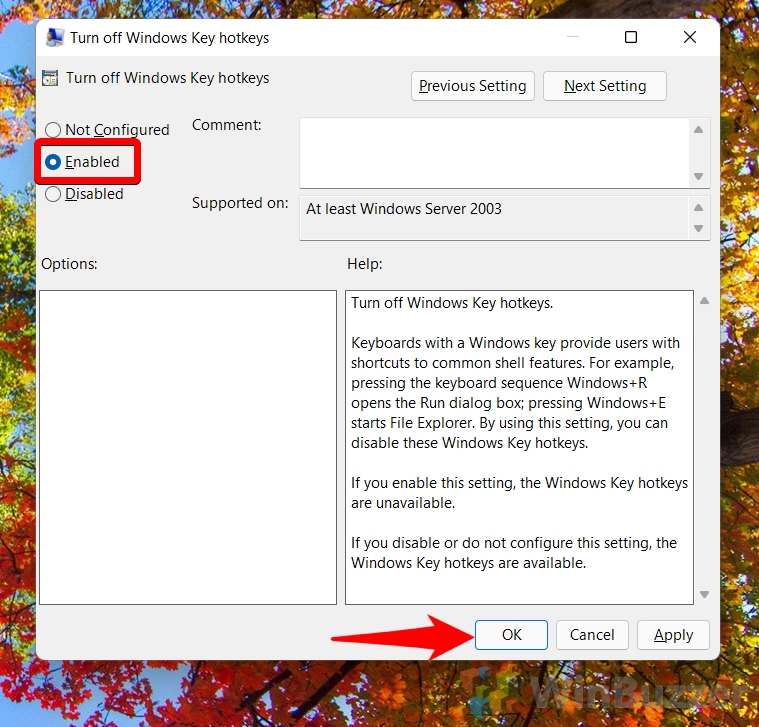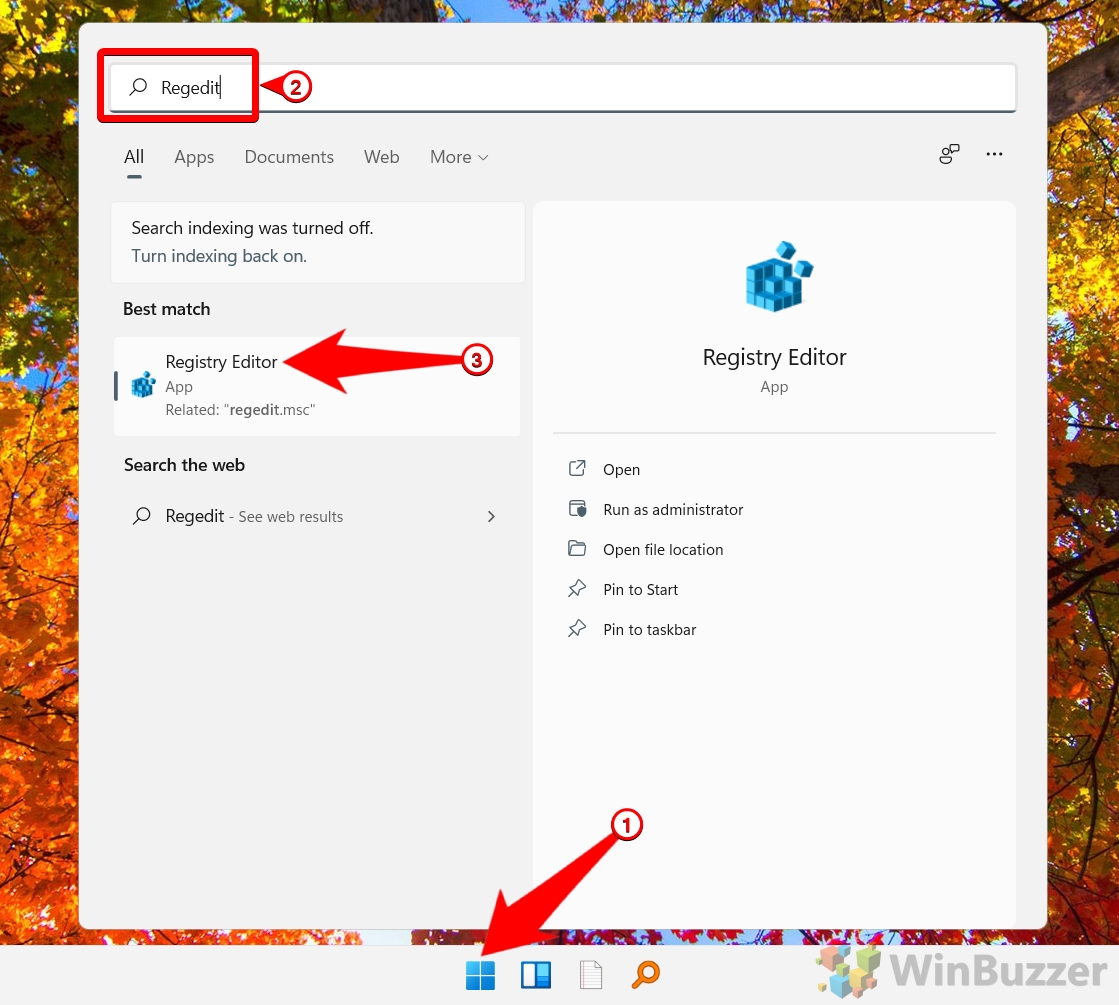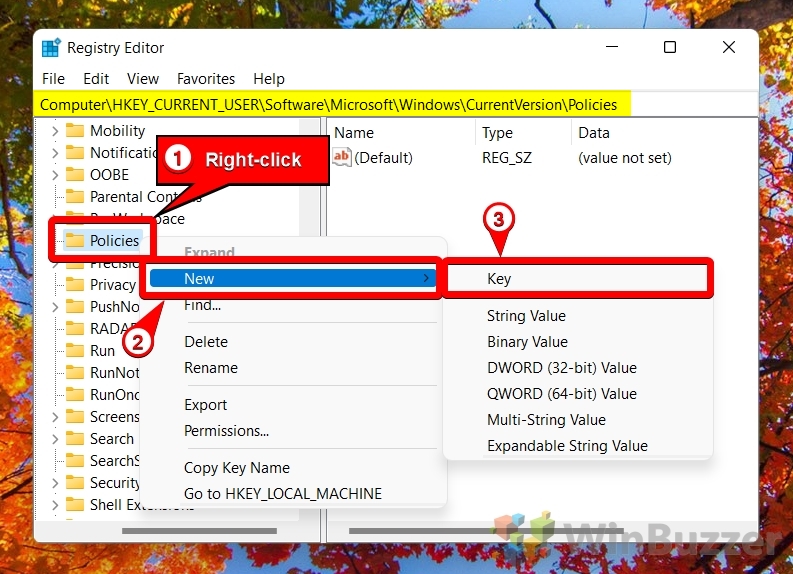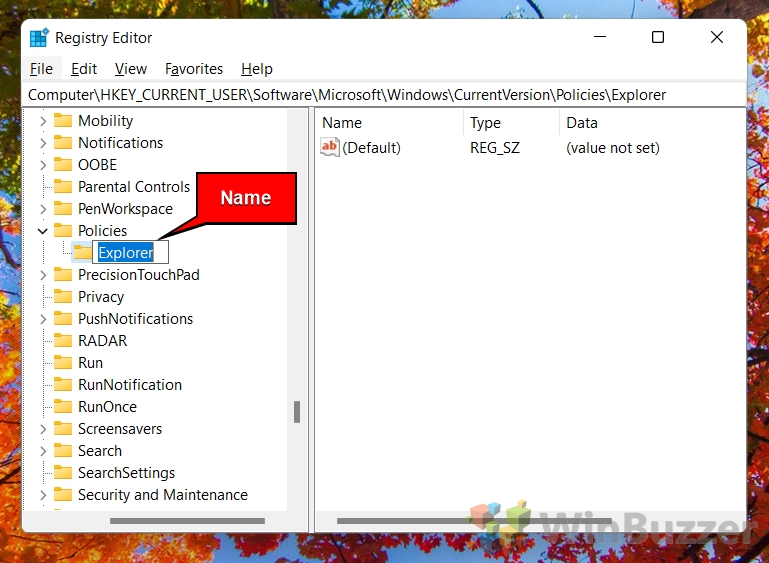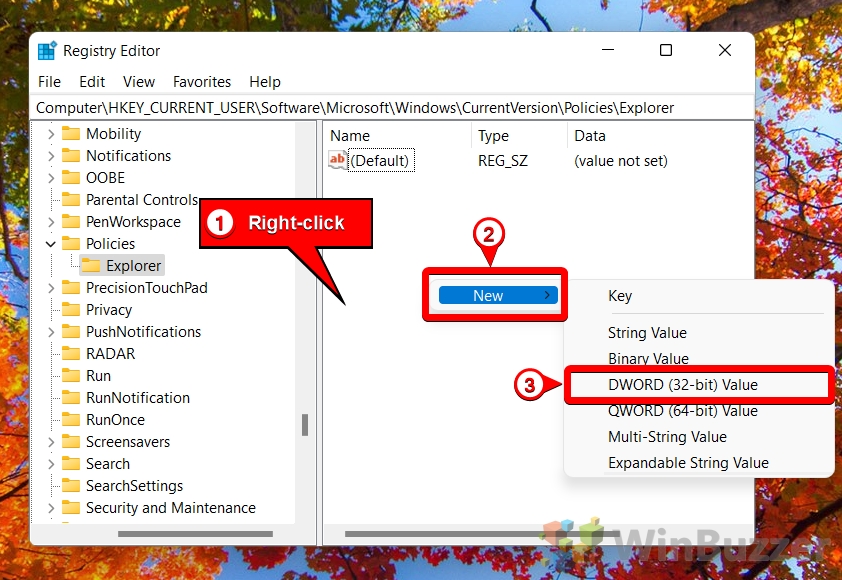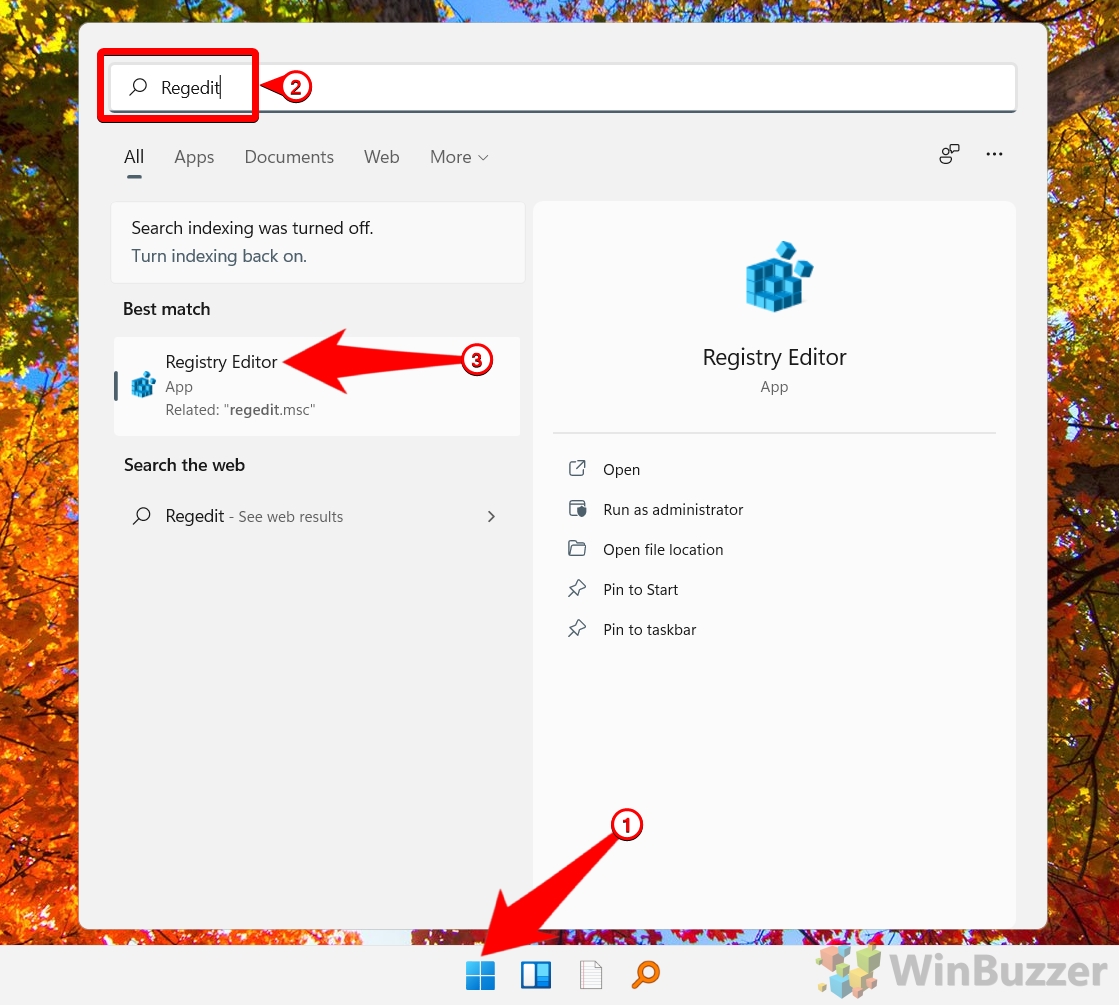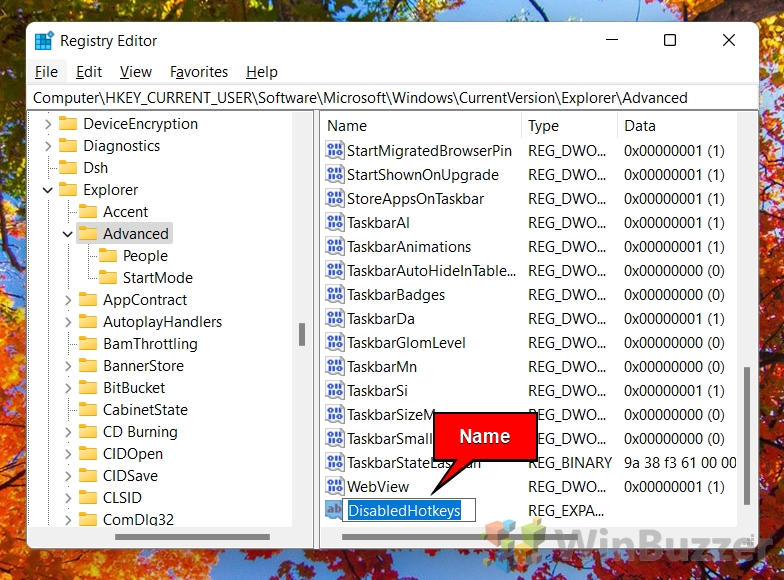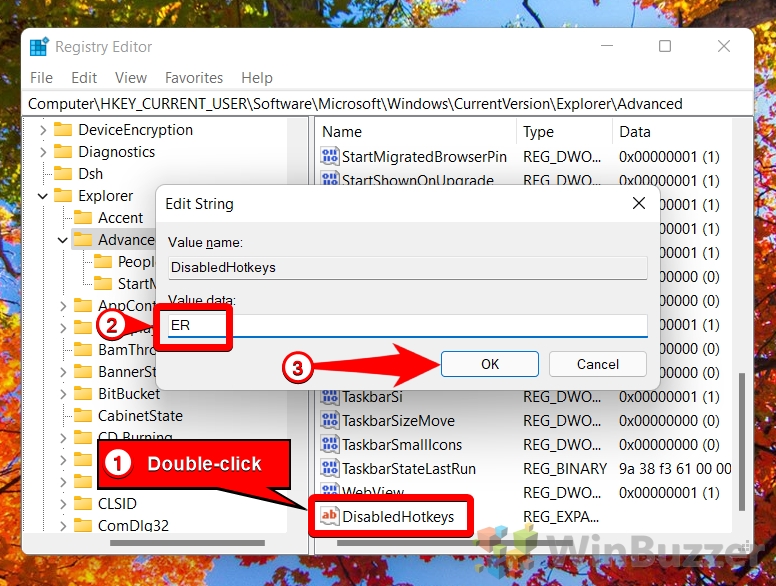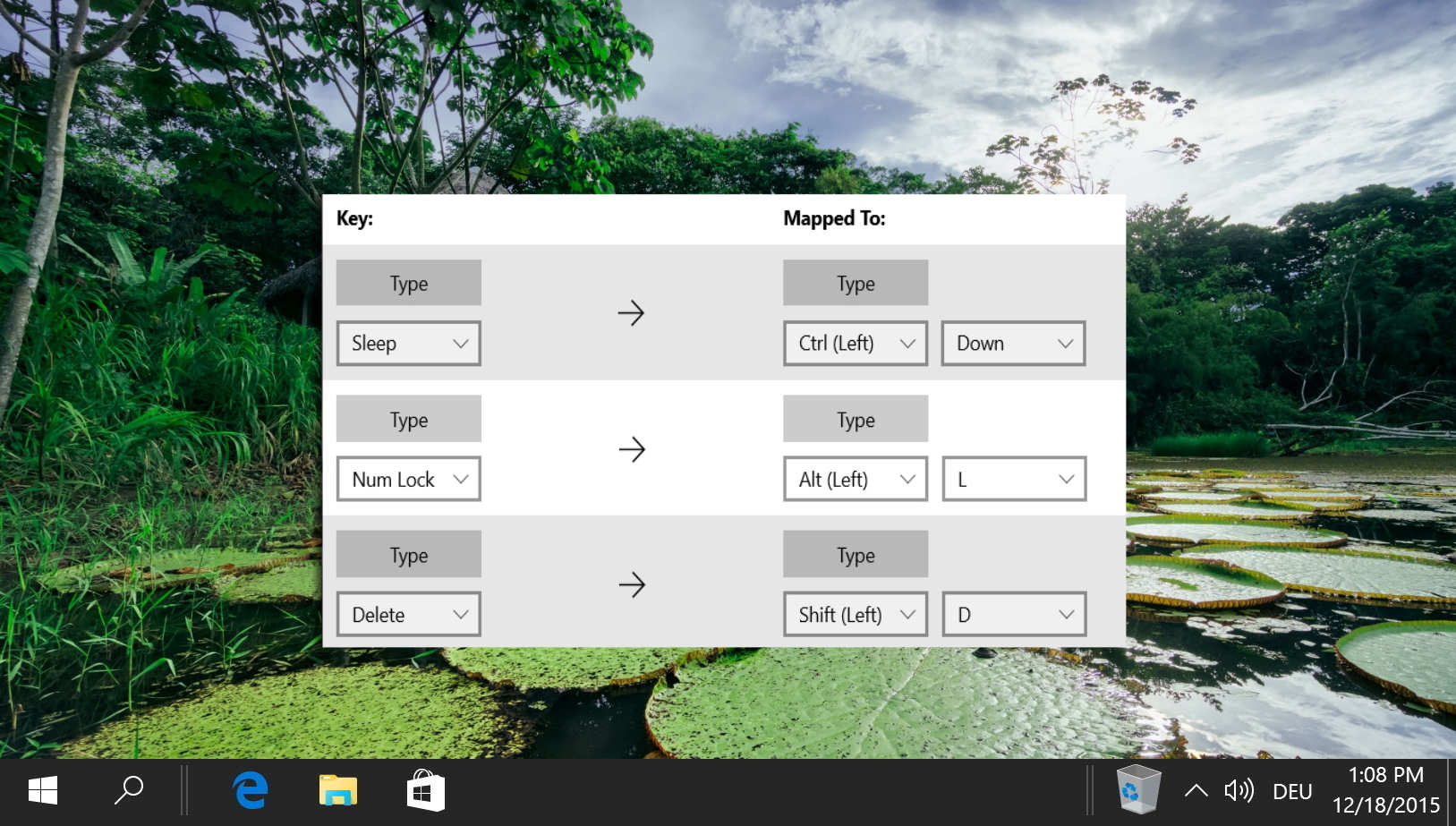Contents
- 1 How to Disable Windows-Key Triggered Hotkeys with Gpedit
- 2 How to Disable the Windows Key Completely with Regedit
- 3 How to Disable Individual Windows-Key Triggered Hotkeys with Regedit
- 4 How to Remap the Windows Key or Other Keys on Windows 11/Windows 10
- 5 Extra: How to Turn on or off Sticky Keys in Windows 10
The Windows key on your keyboard can be a useful shortcut for accessing various features and functions of Windows 11/Windows10. However, it can also be a source of annoyance or frustration for some users, especially when gaming or working on important tasks. In this guide, we will show you how to disable the Windows key and provide some hints what you can do if the Windows key is not working
Why You Might Want to Disable the Windows Key
The Windows key can accidentally interrupt your game or application. If you press the Windows key by mistake while playing a game or using a full-screen application, it will minimize your window and bring up the Start menu. This can disrupt your immersion, performance, or productivity. Some games may also not resume properly after being minimized. To avoid this, you can disable the Windows key temporarily using a software tool like SharpKeys to remap it or by editing the registry. Alternatively, you can physically remove the Windows key from your keyboard or cover it with tape.
The Windows key also can get stuck due to software or hardware issues. Sometimes, the Windows key may not register properly when you press it or release it. This can cause unwanted actions like opening multiple windows, launching Cortana, switching desktops, etc. This can happen due to a faulty keyboard driver, a virus infection, a sticky key feature, or physical jamming of the key. To fix this, you can try updating your keyboard driver, scanning your system for malware, disabling sticky keys, or cleaning your keyboard with compressed air.
The Windows key may not work at all due to software or hardware issues. Sometimes, the Windows key may stop functioning altogether and prevent you from accessing shortcuts like Win + R (Run), Win + E (Explorer), Win + L (Lock), etc. This can happen due to a corrupted system file, a disabled group policy setting, an incompatible keyboard layout, or damaged keyboard circuitry. To fix this, you can try running a system file checker scan, enabling the WinKey feature in the group policy editor, switching to another keyboard layout, or replacing your keyboard.
⚠️ Please note: The process described below is the same in Windows 11 as it is in Windows 10. However, bear in mind that we'll be using screenshots from Windows 11, so your UI may look a little different. We'll point out any changes you need to be aware of as they come up.
How to Disable Windows-Key Triggered Hotkeys with Gpedit
If you are using the Pro, Enterprise, or Education edition of Windows 11/Windows 10, you can disable hotkeys triggered by the Windows key via Group Policy. On the Home edition, you will have to use the other methods shown below. Alternatively, you might want to consider installing a group policy editor so you can also use this option there.
- Open the Group Policy Editor (gpedit)

- Find and open the “Turn off Windows Key hotkeys” group policy
In the left pane, navigate to “User Configuration > Administrative Templates > Windows Components > File Explorer”. In the right pane, look for the setting named “Turn off Windows Key hotkeys” and double-click on it.

- Enable the group policy and save with “OK”

How to Disable the Windows Key Completely with Regedit
Using a registry edit, you can turn off the Windows key completely, so it won´t interfere with your games or other applications when you accidentally hit it.
- Open the Registry Editor (regedit)

- Create a new KEY
Navigate to:
Computer\HKEY_C'URRENT_USER\Software\Microsoft\Windows\CurrentVersion\Policies
- Name the Key “Explorer”

- Create a DWORD
Right-click on the right side and select “New – DWORD (32-bit) Value”.

- Name the DWORD “NoWinKeys”

- Activate the DWORD “NoWinKeys”
Double-click on “NoWinKeys”, put “1” in “Value data” and save with “OK”.

How to Disable Individual Windows-Key Triggered Hotkeys with Regedit
With Regedit you can also just disable some hotkeys triggered by the Windows key.
Note: This method only works for some Explorer-related hotkeys such as Win+E (open File Explorer), Win+M (minimize all windows), Win+Z (open Game Bar), etc. It does not work for other system-wide hotkeys such as Win+L (lock screen), Win+R (run command), etc.
- Open the Registry Editor (Regedit)

- Navigate to the following key using the left pane and create an “Expandable String Value”
Navigate to
HKEY_CURRENT_USER\Software\Microsoft\Windows\CurrentVersion\Explorer\Advanced
Right-click on “Advanced” and select “New – Expandable String Value” from the context menu.
- Name it “DisabledHotkeys”

- Define hotkey combinations to deactivate
Double-click on “DisabledHotkeys” and enter all characters of hotkeys that you want to disable, separated by commas. For example, if you want to disable Win+E, Win+M and Win+Z, enter E,M,Z in the “Value data” field.

How to Remap the Windows Key or Other Keys on Windows 11/Windows 10
Instead of disabling the Windows key, you can use it for other functions by remapping it. Remapping a keyboard key means changing the function of a specific key on your keyboard to perform a different action than the default one. In our other guide, we show you various ways how to remap a key in Windows 11/Windows 10.
Extra: How to Turn on or off Sticky Keys in Windows 10
Maybe you're repeatedly running in a game or just trying to get your Shift key to work. You hear a bleep and the dreaded “Do you want to turn on Sticky keys?” dialog interrupts what you're doing. If you run into this issue frequently, it may be time to turn off Sticky Keys in Windows 11/Windows 10.


